Chacruna (Psychotria Viridis) – Whole Leaves from Ecuador
Botanical name: Psychotria viridis
Popular name: Chacruna
Plant part: Leaves
Variety: Whole/Dried
Region of Origin: Napo, Ecuador
Contains: Varied weights. Check availability below.
Beschreibung
Chacruna – What is it?
Psychotria viridis, native to South and Central America, is a shrub belonging to the Rubiaceae family along with other known plants such as coffee that is primarily found in the Amazon rainforest region. A popular use of this plant amongst native communities revolves around the making of a sacred brew called Ayahuasca, along with another medicinal specimen known as Banisteriopsos caapi or Jagube.
Sometimes called the Visionary Vine, this plant possesses antioxidant and neuroprotective agents that can help safeguard cells from the damage caused by free radicals, preventing cognitive loss and even cancer.
A chemical called dimethyltryptamine (DMT), which can induce visions and widen the reach of the mind’s eye, is present in the composition of Chacruna. For that reason, this plant is used by Shamans in their rituals to connect with ancestors and entities, and to help make their spiritual sight more powerful and clearer.
Reviews (0)
Only logged in customers who have purchased this product may leave a review.

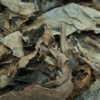

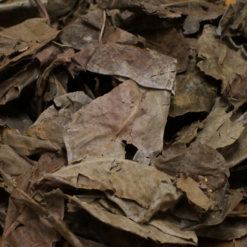
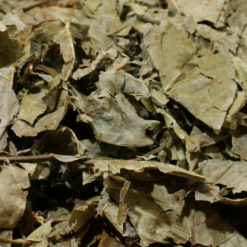
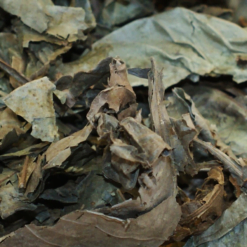
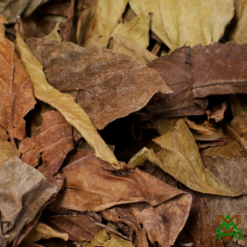
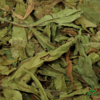
Reviews
There are no reviews yet.